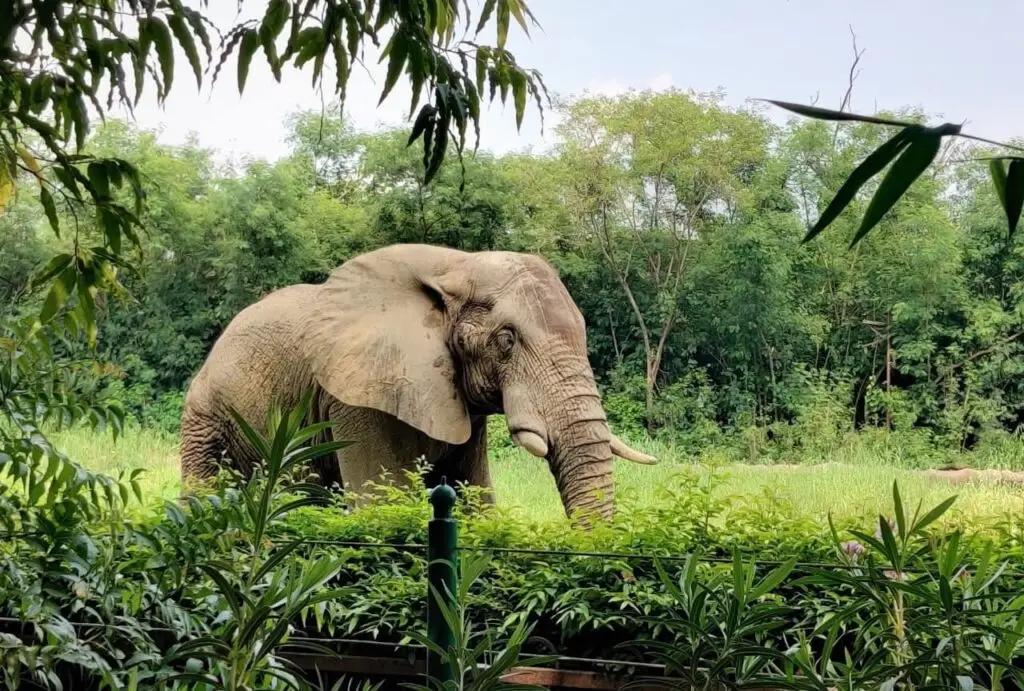
Delhi’s National Zoological Park is facing serious consequences. The World Association of Zoos and Aquariums (WAZA), a global body that sets ethical standards for zoos worldwide, has suspended the zoo’s membership for six months. This action comes after concerns about the welfare of Shankar, an African elephant who has been kept in chains.
Why was the suspension issued?
WAZA’s CEO recently visited the zoo and met with officials from the Central Zoo Authority (CZA), a government body in India that oversees zoos. The main issue raised was the mistreatment of Shankar, who had been chained in his enclosure. According to Sanjay Shukla, member secretary of the CZA, Shankar was shackled because he was in “musth”—a condition in male elephants that makes them more aggressive. During this time, Shankar even broke a wall, leading to the zoo’s decision to restrain him.
Is Shankar lonely?
Another major concern is that Shankar has been without a mate for years. Zimbabwe gifted him to India in 1996 but lost his companion, another African elephant named Bambai, in 2005. Since then, Shankar has lived alone. The zoo has reportedly struck a deal with Botswana to bring in a female elephant to be his companion, but the timeline for this is still uncertain.
What does the Delhi Zoo suspension mean?
Being suspended from WAZA means the Delhi Zoo cannot attend conferences or participate in events hosted by the global association. This could hurt the zoo’s reputation and prevent it from learning and adopting best practices from other global zoos. The suspension was based on violations of the WAZA Code of Ethics, which all member zoos must follow.
What’s the difference between Asian and African elephants?
Shankar is an African elephant, and there are key differences between African and Asian elephants. For instance, African elephants have large, fan-shaped ears, while Asian elephants have smaller ears. Both male and female African elephants grow tusks, but in Asian elephants, only some males do. There are also two types of African elephants—savanna and forest—each with unique traits. Understanding these differences is crucial to providing the right care for Shankar, highlighting why he needs specific attention.
How will this affect animal welfare in India?
This raises broader questions:
- Are Indian zoos meeting global standards for animal care?
- Is the welfare of animals like Shankar a priority in Indian zoos?
- How quickly will authorities act to resolve the situation and improve conditions for animals in captivity?
Conclusion
The suspension of Delhi’s National Zoological Park highlights the ongoing challenges of maintaining high animal welfare standards, particularly for large animals like elephants. With Shankar in chains and without a mate, this incident raises important questions about the treatment of animals in captivity and the need for better oversight. How quickly will India respond to the criticisms? And what changes will be made to ensure the well-being of animals like Shankar in the future?